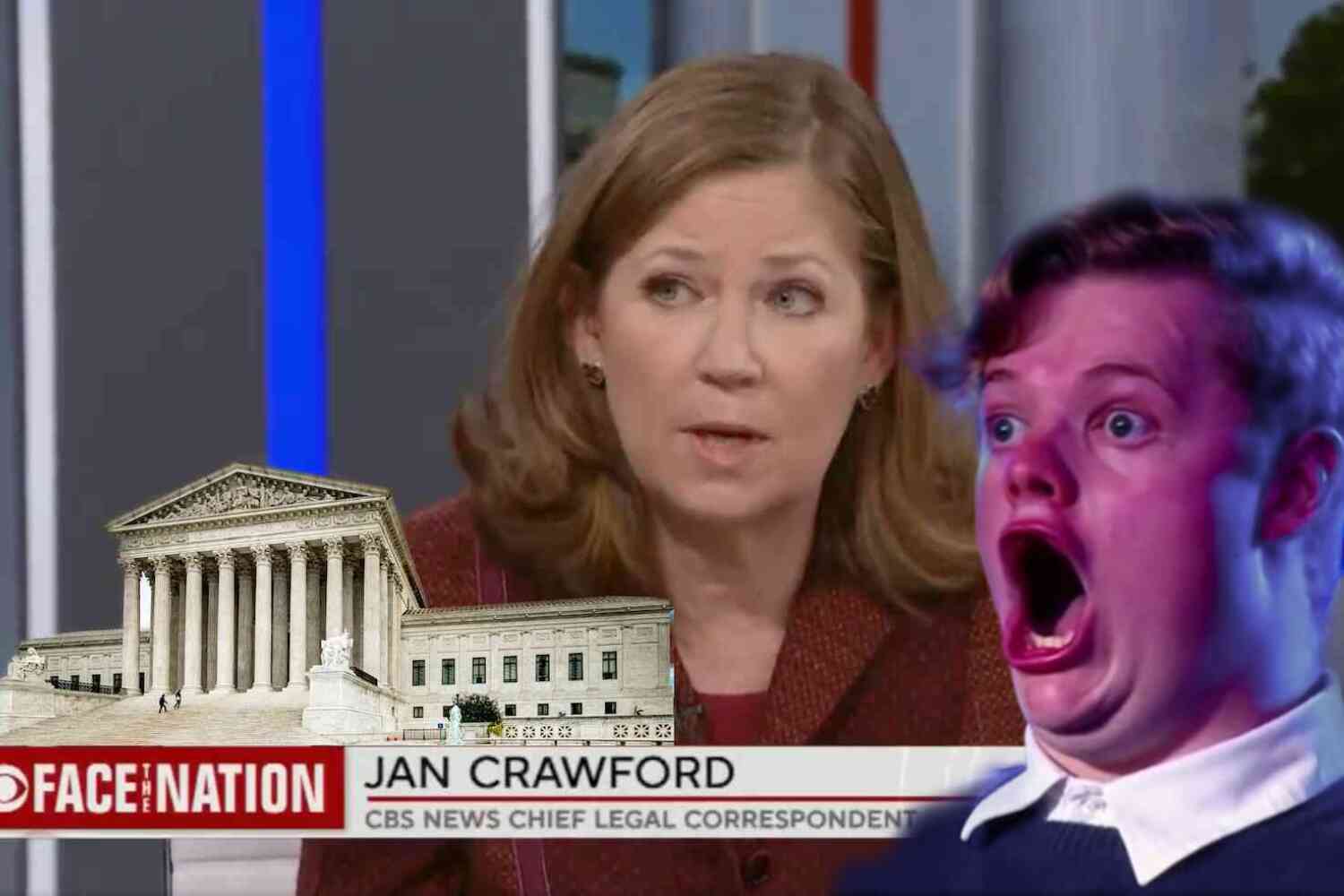You knew last week's volcanic eruption near Tonga was mind-blowingly big. But it may have been even larger than that:
The explosive volcanic eruption in Tonga on Saturday appears to dwarf the largest nuclear detonations ever conducted, according to a global group that monitors for atomic testing.
The shock wave from the blast was so powerful that it was detected as far away as Antarctica, says Ronan Le Bras, a geophysicist with the Comprehensive Nuclear-Test-Ban Treaty Organization in Vienna, Austria, which oversees an international network of remote monitoring stations.
In total, 53 detectors around planet Earth heard the low-frequency boom from the explosion as it traveled through the atmosphere. It was the loudest event the network had detected in more than 20 years of operation, according to Le Bras.
"Every single station picked it up," he says. "It's the biggest thing that we've ever seen."
Just nuts. But wait, there's more:
[M]argaret Campbell-Brown, a physicist at the University of Western Ontario in Canada who uses infrasound to study meteors as they enter the atmosphere, says she thinks it was at least as large as the 50 megaton Soviet test in 1961.
"A very rough back-of-the-envelope calculation suggests that the energy was around 50 megatons," says Campbell-Brown. "We haven't done the real analysis that it would need, but it doesn't seem like it would be smaller."
The "50 megaton Soviet test in 1961" refers to the Tsar Bomba, the largest nuclear weapon ever detonated. Footage of the detonation is almost enough to singe your eyebrows off:
Here's the hero shot:

And just to give you a bird's-eye sense of the scale of the explosion:
When detonation occurred, the shock wave caught up with the Tu-95V [aircraft] at a distance of 115 km (71 mi) and the Tu-16 at 205 km (127 mi). The Tu-95V dropped 1 kilometre (0.62 mi) in the air because of the shock wave but was able to recover and land safely. According to initial data, the Tsar Bomba had a nuclear yield of 58.6 Mt (245 PJ) (significantly exceeding what the design itself would suggest) and was overestimated at values all the way up to 75 Mt (310 PJ).
Although simplistic fireball calculations predicted it would be large enough to hit the ground, the bomb's own shock wave bounced back and prevented this. The 8-kilometre-wide (5.0 mi) fireball reached nearly as high as the altitude of the release plane and was visible at almost 1,000 km (620 mi) away. The mushroom cloud was about 67 km (42 mi) high (over seven times the height of Mount Everest), which meant that the cloud was above the stratosphere and well inside the mesosphere when it peaked. The cap of the mushroom cloud had a peak width of 95 km (59 mi) and its base was 40 km (25 mi) wide.
So yeah, I'd say the Tonga explosion was pretty freaking large!
Consider also the stunning expanse of the explosion's shockwave shortly after it went off:
What a mind trip. Thank goodness this type of explosion doesn't happen very often.
Now about that supervolcano under Yellowstone...
P.S. Now check out our latest video 👇









